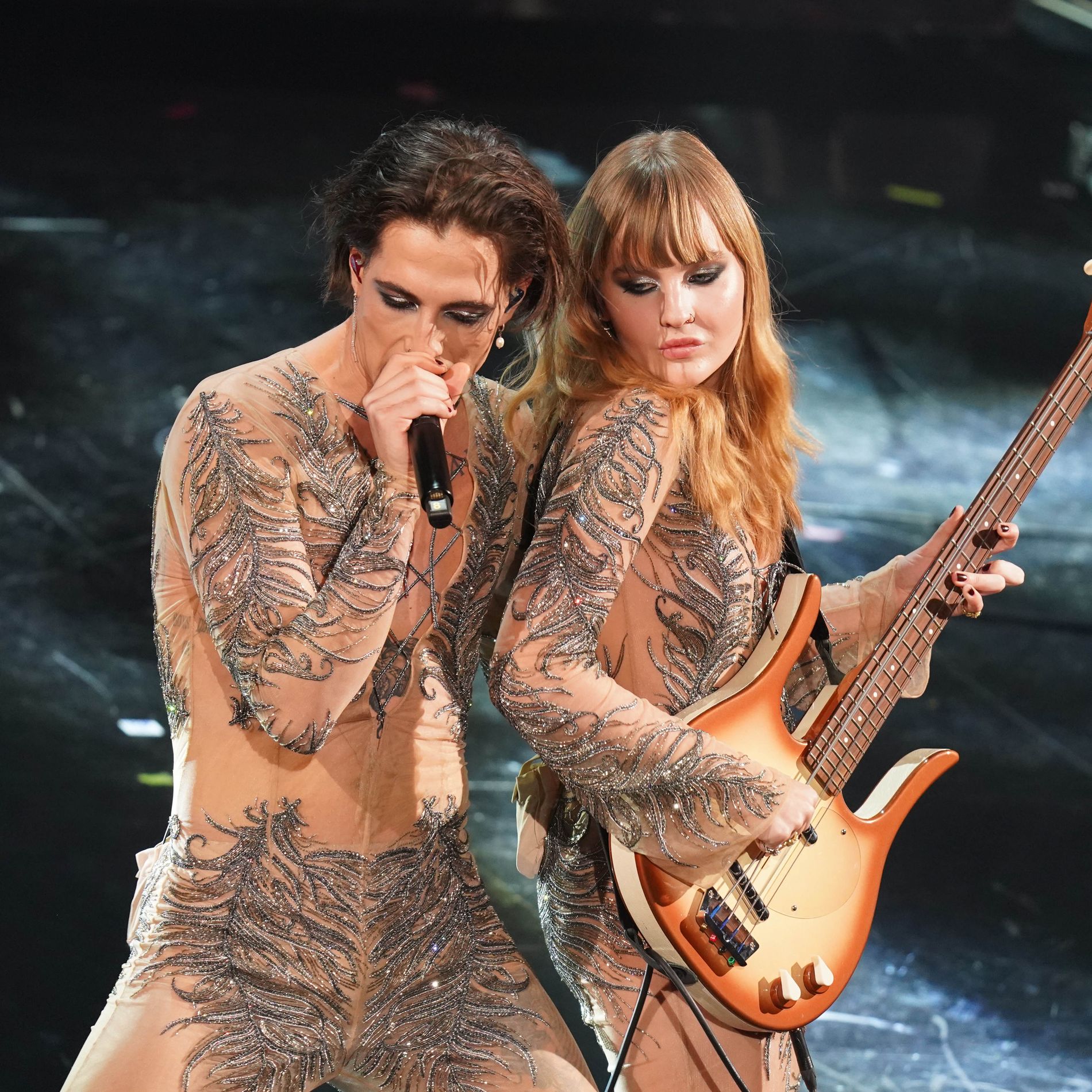When the Eurovision Song Contest airs each year in May, Europe hums in unison to a masquerade of melodies. Hundreds of millions of viewers tune in worldwide to watch as 26 countries showcase the best of their music, and as they compete for the win, Eurovision is placed on a pedestal of musical influence. But despite being labelled a “song contest”, it’s not only the music that takes centre stage – the fashion is just as noteworthy
With music comes performance, and with performance comes fashion, so as we gaze in awe as each artist shimmies across the stage at this year's Eurovision Song Contest, our eyes are treated to a feast of outfits. Some are carefully curated and laced with kitsch, others are casual and relaxed. However wild, wacky, or nonchalant, fashion becomes an important and memorable part of the contest that sparks discussion. The costumes are sewn, stitched, and embellished with symbolism, and as they magnetise our gaze, we are pulled further into the performance. The Scandinavian Eurovision delegations are especially notorious for serving a delicious smorgasbord of fashion at Europe's favourite singing event.
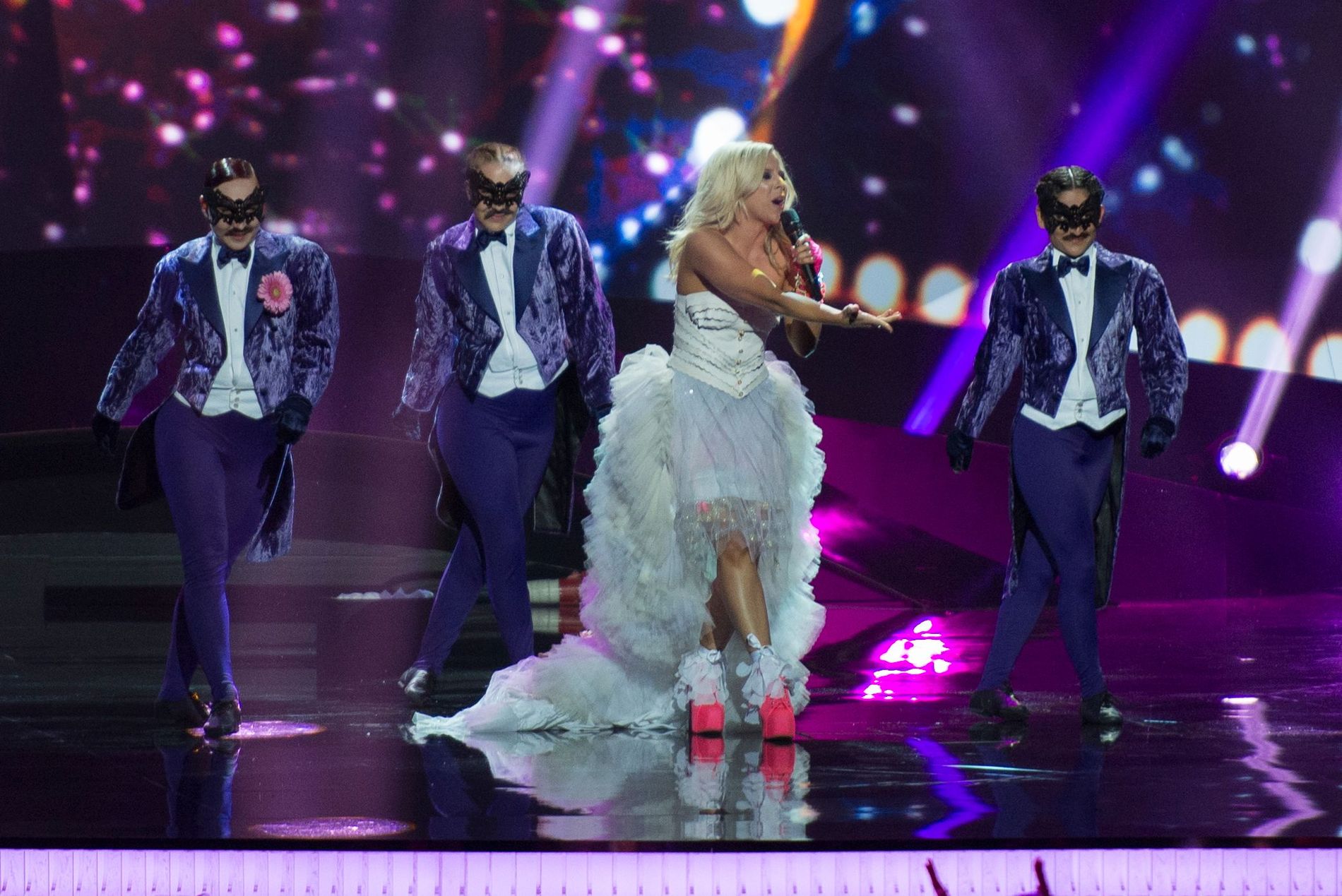
Krista Siegfrids representing Finland in 2013. Photo: Albin Olsson
In 2013, Krista Siegfrids represented Finland in the 58th edition of the Eurovision Song Contest. Alongside her song Marry Me, Siegfrids used fashion as a means to tell a story and make a statement. While the song itself landed near the bottom of the scoreboard with a mere 13 points, the performance goes down as one of the most memorable in Eurovision history. As Siegfrids graced our screens, she wore the Eurovision equivalent of a wedding dress. The dress was made up of a white leather corset, a tiered skirt in tulle, and a long silk veil, designed by Finnish costume designer, Joona Huotari. Neon pink accents were also added by stylist, Tomi Kilponen, through platform stilettos from Jimmy Campbell and a fingerless leather glove on her left wrist.
“Krista had a strong vision of her style”, Huotari recalls. “The main focus of the design was that it should be a bit rock 'n' roll and show Krista’s personality. Eurovision is a TV format so the starting point is visual, and for some reason, the fashion aspect makes it more real, believable, and in a way, relatable to me.”
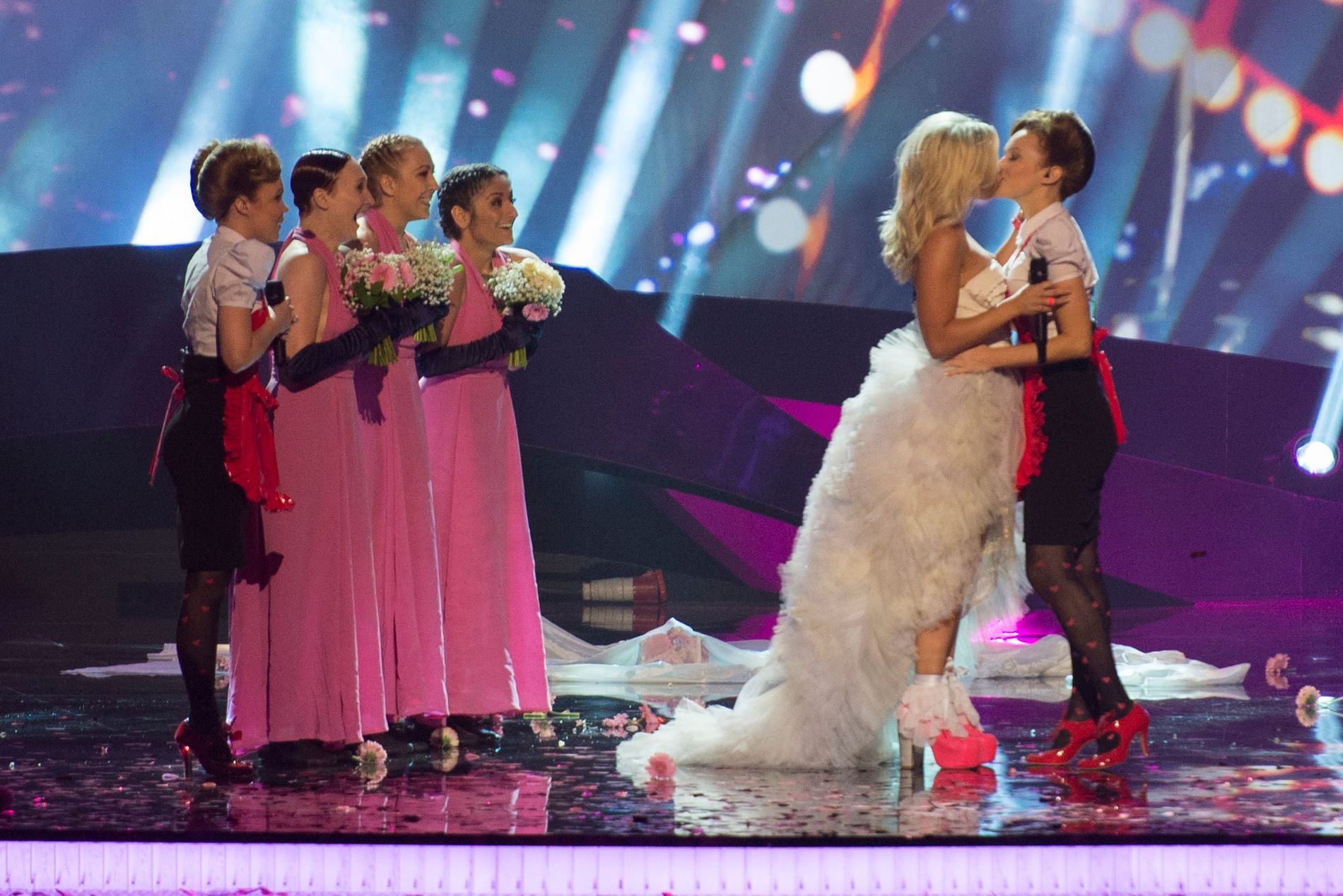
The kiss that caused a stir. Photo: Albin Olsson
After three minutes of wind machines, dancing and an arguably a very catchy melody, Siegfrids edged closer to one of her backing vocalists before locking lips with hers. For an audience today this is nothing but a celebrated display of love. In 2013, however, this was a kiss that seemingly made a political statement against the Finnish parliament's decision to vote against same-sex marriage legislation. The song is about ''love and tolerance”, said Siegfrids, “I wanted to make a statement”.
In response to the kiss, the EBU received numerous complaints, claiming that the performance broke a fundamental Eurovision rule: “no lyrics, speeches or gestures of a political or similar nature.” Turkish broadcasters chose not to air Siegfrids’ performance during the semi-final and it was also cut from China’s broadcast. There was, however, something infectiously charming about the glamour and kitsch of her outfit, and while it wasn’t until 2017 that same-sex marriage was legalised in Finland, Siegfrid’s performance became a hot topic of conversation, as did her outfit. “The biggest meaning was self-expression and showing people that you can be whatever you want. There really are people still speaking about the dress and the show after nine years and that is more than just something,” Huotari says.
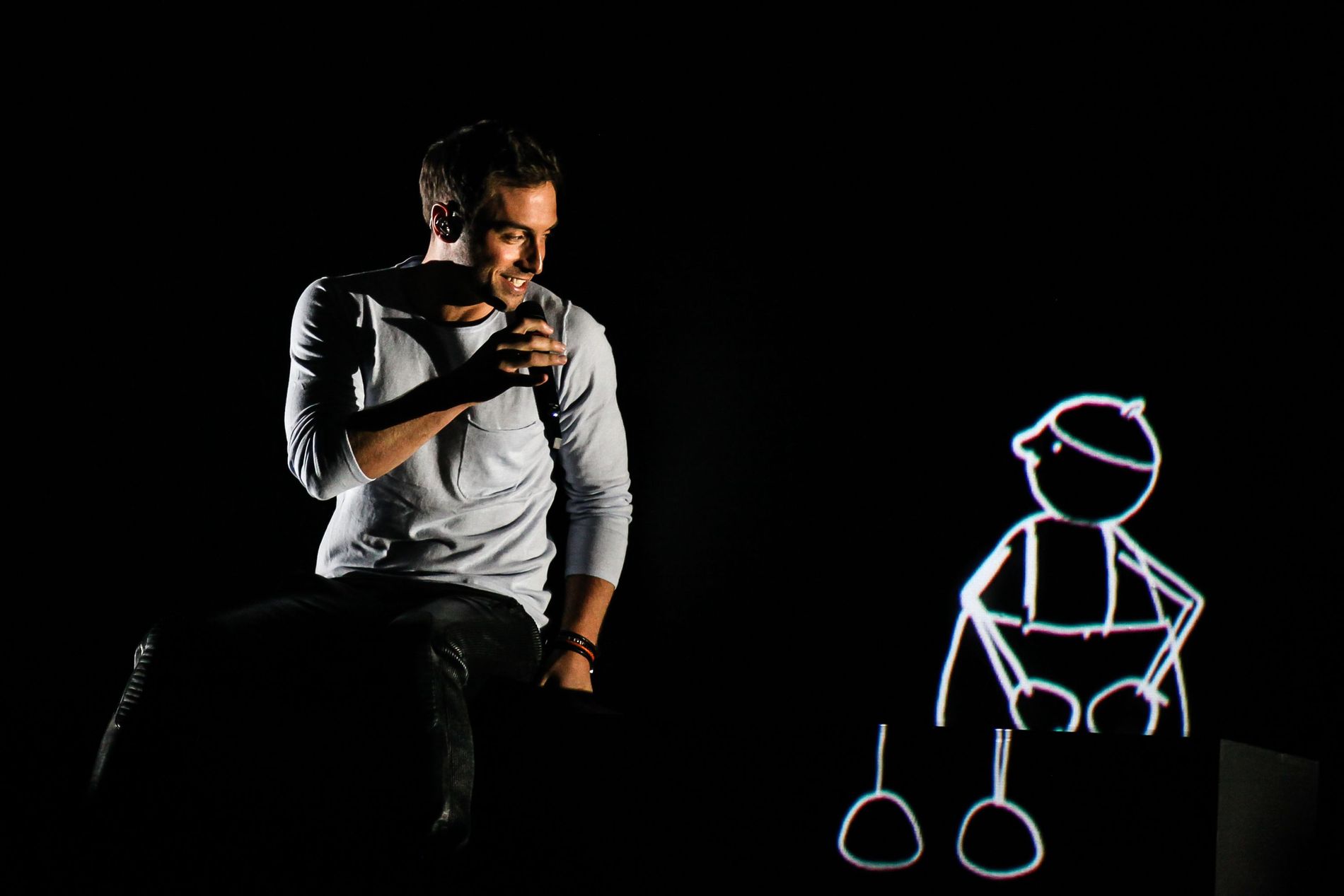
Måns Zelmerlöw represented Sweden with his song 'Heroes' in 2015. Photo: EBU
The songs of Eurovision cover every genre and theme under the sun, from love, peace, empowerment to cheesecake (it’s no joke, listen to Belarus’ 2014 entry if you don’t believe us). In the same way, the representation of fashion is wide and varying, and an outfit doesn’t have to be extravagant to make a statement.
In 2015, when Måns Zelmerlöw lifted the trophy for Sweden with his song Heroes, he dressed with casual simplicity. Wearing leather trousers from BLK DNM and a grey sweater from Samsøe Samsøe, it was as though he had stumbled out of a scene from Inception. The main focus of the performance was a spectacular light show created through 3D projection mapping technology, but the fashion choices made by stylist Robert Nordberg were indisputably smart; the leather trousers felt almost futuristic and complimented the red and white light projections, and in doing so, a subtle nod was given to the lyric “we are the heroes of our time”.
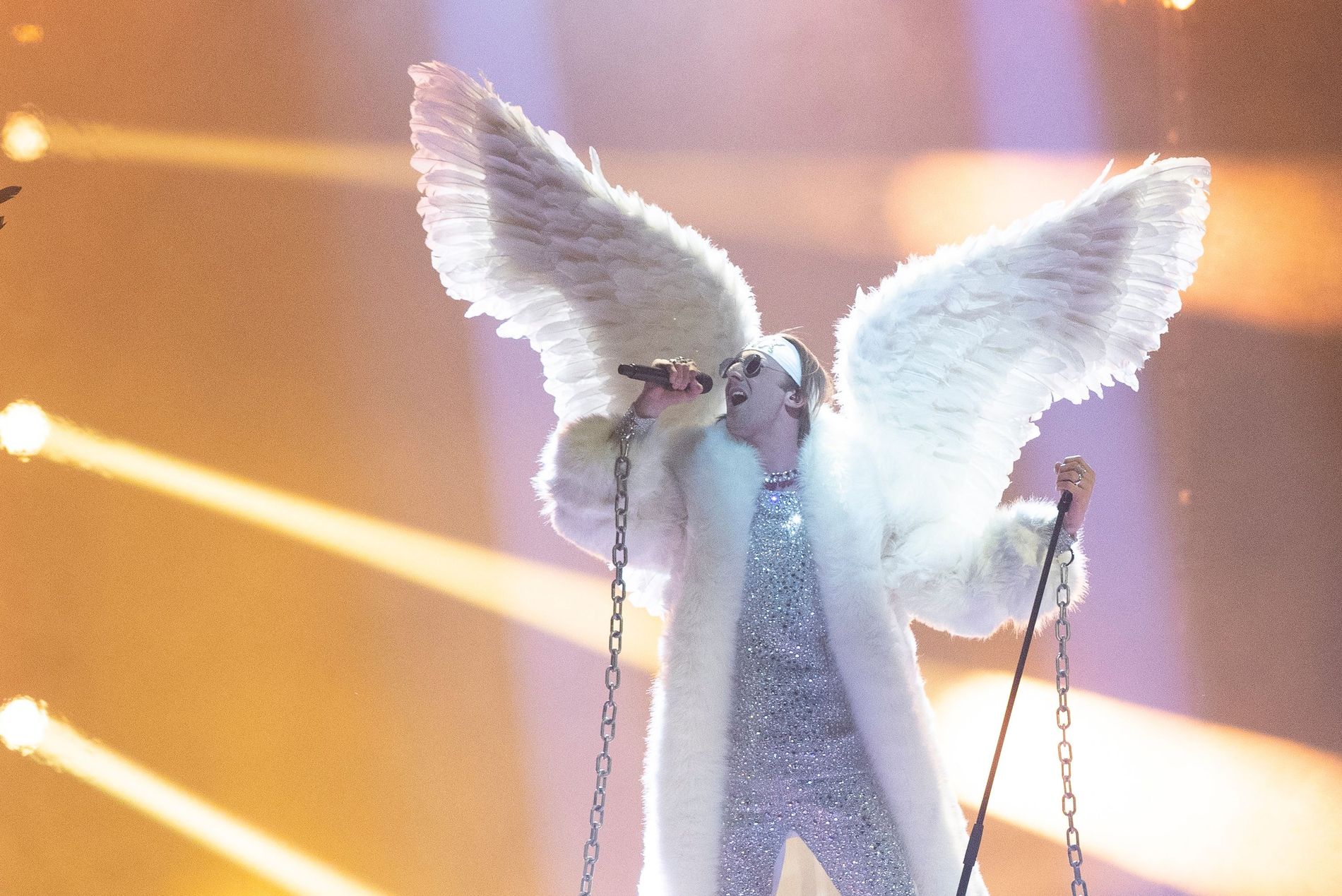
Tix personifying a fallen angel for his 2021 hit 'Fallen Angel'. Photo: Andres Putting
Gimmicks have long been synonymous with Eurovision and while some can be loud and opulent, others are small and meaningful. In 2021, Tix, real name Andreas Haukeland, represented Norway with his song Fallen Angel and used the Eurovision stage as a podium for storytelling. But according to NRK’s stylist, Susanne Hoftun, who designed Tix’s costume, the stage was also used as a “platform for fashion”. In close collaboration with Tix, Susanne designed the costume from scratch. She sketched up a white faux fur coat that swept the floor, trousers and a T-shirt embellished with thousands of Swarovski crystals, a gold-monogrammed headband, and last but by no means least, his signature aviator sunglasses. On top of the “larger than life” outfit, Tix wore a pair of wings, personifying the character of the fallen angel.
The costume “built his image and took it further”, elevating not only his character but the meaning of the song. While it only placed 18th on the leaderboard, the striking aesthetic of the performance was recognised internationally when he won the infamous Barbara Dex Award -a long-running prize founded as an ode to Belgium’s representative in 1993, celebrating the creativity of fashion within Eurovision.

Måneskin dressed in Etro. Photo: Nathan Reinds
“Eurovision is more about fashion than ever,” Hoftun says, and it appears that design houses are beginning to recognise this potential. Alongside Tix in 2021, France’s representative, Barbara Pravi, was dressed in a black tulle and fishnet bustier from Christian Dior while Italy’s Måneskin wore custom-made punky leather suits from Etro. Since their victory, Måneskin was also handpicked by Gucci’s creative director, Alessandro Michele, as the face of the brand’s centenary campaign.
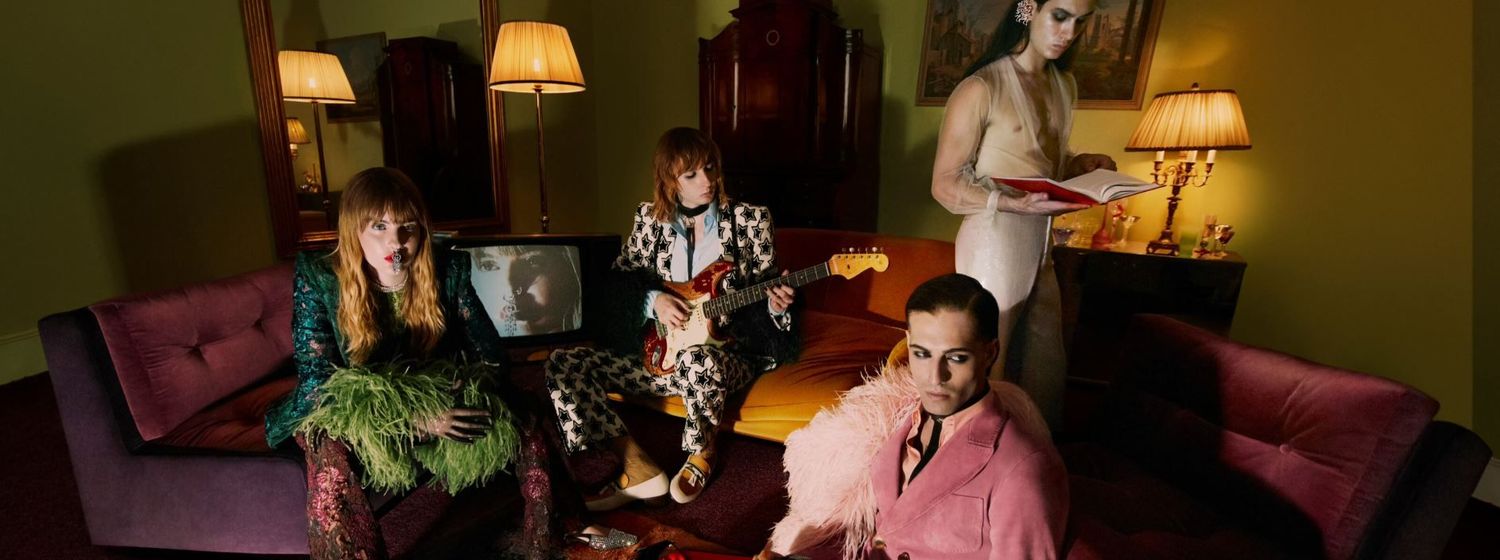
Måneskin in their 2021 campaign for Gucci. Photo: Gucci
It seems likely that this year’s contest will follow suit and serve an even larger, tastier smorgasbord of fashion. Cornelia Jakobs, Sweden’s representative and one of the favourites to win, embodies the very essence of this. During her performance of Hold Me Closer, Jakobs sways against a green and red revolving screen, and as she moves, her metallic tasselled top comes to life. The top not only clothes her, but it becomes a prop. Using fashion to enhance a performance epitomises artistry, but in Jakobs’s case, her outfit also represents nostalgia. Working as her own stylist, Jakobs claims to have hand-picked the top from her mother’s wardrobe, a top that was originally bought at H&M. When Jakobs dances, so does her outfit, and emotion manifests through her body and beyond.
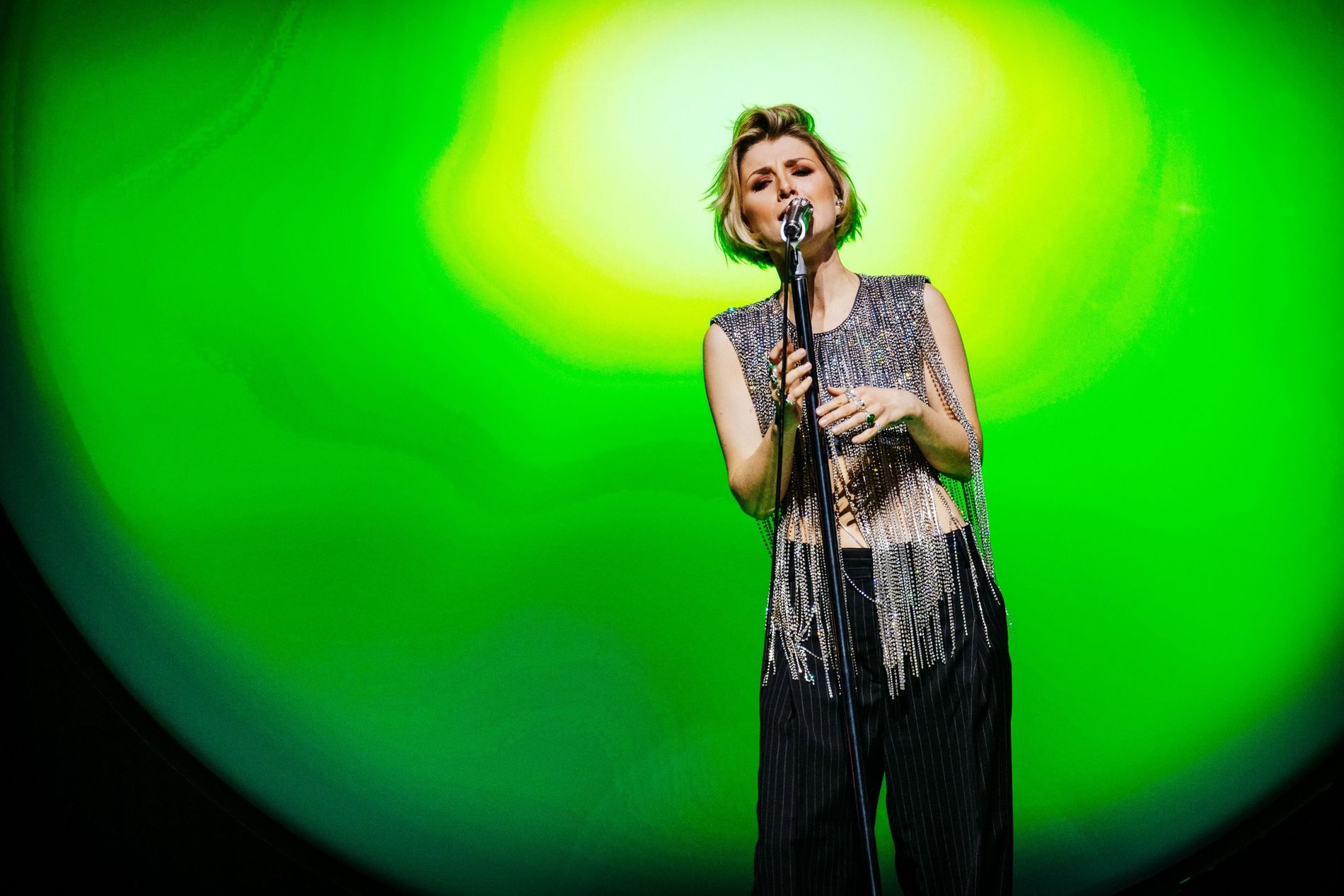
Swedish representative for 2022, Cornelia Jakobs in a H&M top taken from her mother's wardrobe. Photo: Nathan Reinds
If fashion and performance were not important to Eurovision, it’s unlikely that the contest would have been cancelled in 2020. Due to the rise of Covid-19 and the government-enforced travel restrictions that followed, the live contest in Rotterdam could not take place. While the EBU debated the possibility of hosting an alternative contest with a live broadcast of music videos followed by a vote, it became clear that a show without performance would have defied the very meaning of Eurovision. Because that’s exactly what Eurovision is: a podium for music, fashion revolutions, and a chance to connect from border to border.
